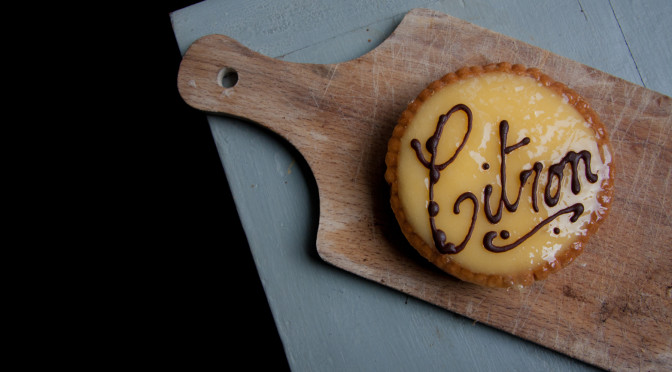[pullquote]Cultural heritage does not end at monuments and collections of objects. It also includes traditions or living expressions inherited from our ancestors and passed on to our descendants, such as oral traditions, performing arts, social practices, rituals, festive events, knowledge and practices concerning nature and the universe or the knowledge and skills to produce traditional crafts. UNESCO Culture Sector, 2003 Convention, on Intangible Cultural Heritage[/pullquote]
It’s not about the traditional vs. the modern. It’s about what kind of world we want to live in. – Wade Davis
Although I follow him on Twitter (@DaleJarvis), I really didn’t clue in to Dale Jarvis‘ passions until today. I was rooting through the internet for all things mummering, and stumbled upon his fascinating website The Intangible Cultural Heritage (ICH) Blog.
It was obvious to me within seconds that this man has one of the dreamiest dream jobs in this country.
He works as the Intangible Cultural Heritage Development Officer for the province of Newfoundland and Labrador. His job is “…helping communities to safeguard traditional culture, the only full-time provincially-funded folklorist position in Canada.”
It seems, and I mean this in the best possible, green-with-envy way, Jarvis is paid to hang in Newfoundland, engage with interesting people, participate in and teach culturally significant activities, nurture the roots of living knowledge and document it. He is, as Anthropologist/Ethnobiologist Wade Davis might describe someone in his boots, “a facilitator of cultural survival.”
Dizzingly rapid globalization, population growth, strained resources, war, as well as “egregious industrial decisions, triumph of ideology, and the cult of modernity,” are contributing to the ongoing (and permanent) destruction of languages, skills, local knowledge and other intangible cultural heritage around the world. Davis talks about the spill-on effects of the cultural destruction of languages:
This documentation of intangible cultural history, and a best-case reversal of its decline, is not a one-off exercise in problem-solving. Change is a constant, requiring an ongoing commitment and vigilance.
One of the things I love most about intangible cultural heritage is that it is in a constant state of evolution. Culture is not static; it is ever-changing. People adapt to changing times and materials, constantly. This is as true now as it was in the historical period. As a folklorist, it means there is always something new for me to study. – Dale Jarvis
Jarvis’s comment on the flexibility of culture resonates with me. I struggle with the polarized concept that somehow everything ‘old’ in our culture is ‘good’ and anything new is automatically ‘bad’. We don’t live in museums, we live in real houses (or slums, or caves, or whatever) in organic communities where people live and die, and new civilizations are built over the old as they’ve always been. I think it’s easy to lose sight that our changing cultural values today also reflect a snapshot in time that will at some point be considered the ‘old ways.’ As much as we’d like it to, time stands still for no person or community, which is more true today than it ever has been in the history of human settlement.
But if we cannot control the systemic loss of diversity, at the very, very least we can document what’s important to different societies and find meaningful, creative ways to transfer the skills and knowledge through people who are our living social archives.
Thinking we could use a whole lot more Dales in the world. Or maybe, with our glut of iPhones, more than 50,000 internet tv channels, and the ubiquitous Facebook, we are all poised to become guerrilla cultural survivalists.
There’s just those teeny tiny challenges of building consensus on “what kind of world we want to live in,” quality control/hierarchies of material importance, leveraging the new to benefit the old, the rapidity of technological change, and the lack of access to technology in the corners of the world that could benefit from it the most…

2 responses to “Making Tangible Our Intangible Cultural Heritage”
I very much agree with Wade Davis’s point of view on the critical nature of endangered languages. I am also lucky to live here in Newfoundland where I know and, occasionally, work with Dale Jarvis. Her really is wonderful and is doing great work here. In my past life as a curriculum developer for First Nations on the west coast of Canada, I was also lucky to be able to work with elders and young people to help preserve and teach two languages, Hul’qumi’num (Coast Salish) and Sm’algyax (Coast Tsimshian). It is absolutely true that a language is more than a grammar and a vocabulary; in their very structure these languages reveal a different way of living and being in the world. The way words are made and used in these languages tells that we belong to a place, that things are what they do, not just what we call them, and that their is a natural structure that needs to be observed and respected. These facets are woven into the very structure of the languages. If we lose them, we lose a way of seeing that we very much need, to restore our balance with the natural world.
Dan – Thank you for your thoughtful response. And what phenomenal work you’ve done! Are you working in a similar or completely different field now?
Andrea